Have you ever seen a child ask a hundred questions in one minute? “Why is the sky blue?” “How do fish breathe?” “What’s inside a volcano?” That endless stream of wonder may sound exhausting — but it’s actually one of the most powerful learning tools a child has.
Curiosity isn’t just cute. It’s how the brain grows. It’s how children explore the world, connect ideas, and build real understanding. When kids are curious, they don’t just learn more — they learn faster. They pay closer attention. They remember longer. And they enjoy the process.
In this article, we’ll look at how curiosity helps the brain, why it matters for school and life, and how parents and teachers can spark more of it every day. Because when we feed a child’s curiosity, we’re not just answering questions. We’re helping their mind open wide — and take off.
Why Curiosity Speeds Up Learning
Curiosity is like a light inside the brain. When it turns on, everything changes. The brain becomes more awake, more focused, and more ready to learn.
When a child is curious, they are not just learning because they have to. They are learning because they want to. And that makes all the difference.
Curiosity Triggers the Brain’s Learning Mode
When something catches a child’s interest, the brain releases special chemicals. One of them is called dopamine. It’s the same chemical that makes us feel excited or happy. But dopamine doesn’t just make us feel good — it also helps us remember better.
So, when a child asks, “What makes a rainbow?” and then finds the answer, their brain is more likely to remember that lesson — because it came from real curiosity.
Curiosity Connects Ideas Together
Learning doesn’t happen in little boxes. Everything in the brain is connected. When a child is curious, they don’t just learn one thing — they often connect it to something they already know.
For example, if a child is curious about space, they might learn about the planets… and that might lead to questions about gravity… and that might lead to learning how astronauts train.
This “web” of connected ideas helps the brain understand things faster and deeper.
Curious Kids Pay More Attention
One of the biggest challenges in learning is attention. If the brain isn’t focused, it’s hard to remember anything. But when curiosity is present, attention becomes easy. The child wants to know more. They listen better. They look closer. They don’t give up easily.
This is why lessons built around curiosity work so well. Kids stay with the idea longer — which gives their brain more time to truly understand it.
Curiosity Builds Stronger Thinking Skills
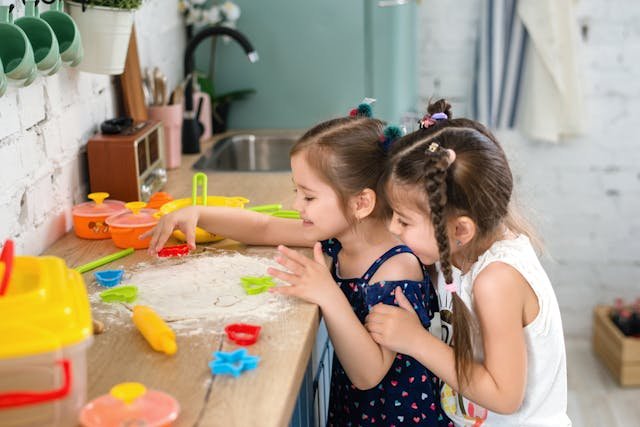
Curiosity doesn’t just help kids remember facts. It helps them think. When a child asks a question, they’re not just collecting answers — they’re learning how to explore, how to reason, and how to solve problems. These are the skills that build a smart, flexible brain.
Asking Questions Is a Thinking Exercise
Every time a child says, “Why?” or “How?” or “What if?” — they are doing brain exercise. They’re learning how to look deeper, not just at what something is, but why it works that way. This is what scientists, inventors, and great thinkers do. They don’t stop at the surface. They dig for understanding.
That habit — of asking and exploring — turns kids into natural problem-solvers. They start to enjoy the process of figuring things out, even when it takes time. And the more they do it, the better and faster their brain becomes at it.
Curious Kids Make Better Learners in Every Subject
Whether it’s reading, math, science, or art — curiosity helps. When a child is curious about a story, they read more carefully. When they’re curious about numbers, they try new ways to solve problems. In science, they test, guess, and ask more questions. In history, they want to know what people thought and felt in the past.
Curiosity gives learning a purpose. It turns the question, “Do I have to learn this?” into “I want to learn this!” That change in attitude leads to faster learning — because the brain is working with joy, not stress.
Curiosity Makes Learning Feel Like Play
One of the best things about curiosity is that it makes learning fun. A curious child is like a detective, an explorer, a builder. They are not just sitting still and listening. They are using their mind to do something. They are solving a puzzle, looking for clues, or building an idea.
When learning feels like play, kids don’t get tired as quickly. They stay with the task longer, which gives their brain more time to practice and grow.
What Stops Curiosity — And How to Bring It Back
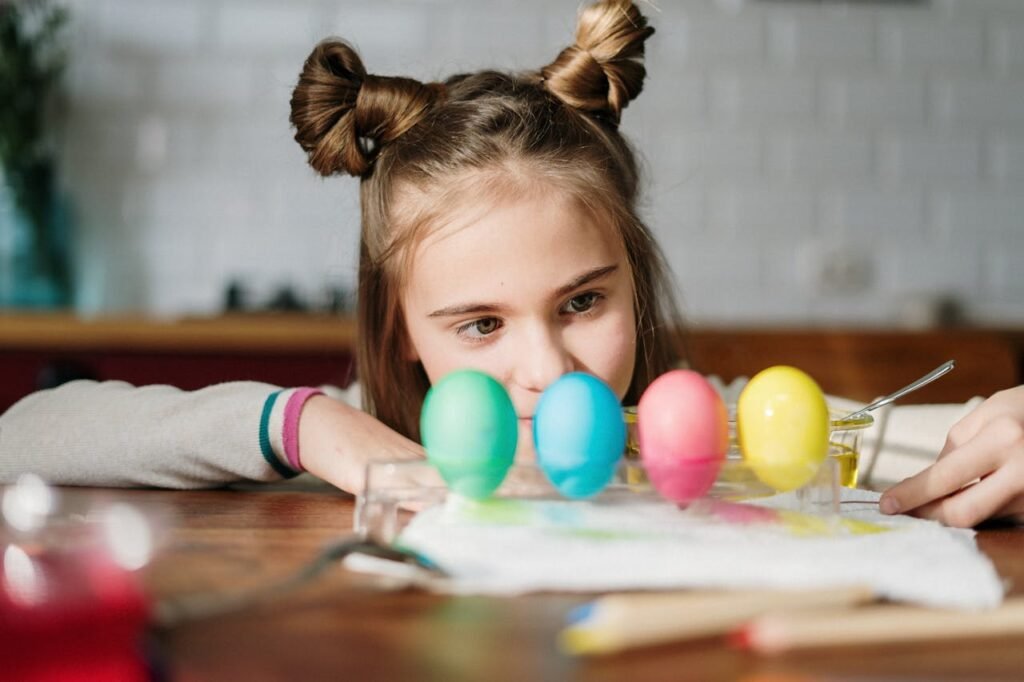
Children are naturally curious. But sometimes, that spark fades. Maybe they stop asking questions. Maybe they seem bored or uninterested. It’s not because they’ve lost their love for learning — it’s often because something is blocking it.
The good news? That curiosity can always come back. Let’s look at what slows it down and how to help it grow again.
Fear of Being Wrong
Some kids stop asking questions because they’re afraid of looking silly. They worry their question might be “dumb” or that they’ll be laughed at. This fear shuts curiosity down.
What helps? A safe, kind learning space where mistakes are okay. At Debsie, we remind children that every big idea starts with a question — and that questions are signs of strong, brave thinking.
Too Much Pressure, Not Enough Play
When learning feels like a chore — all rules and no fun — kids lose their spark. If the focus is always on getting the “right” answer fast, kids stop exploring. They start guessing instead of thinking.
But when kids are free to wonder, to guess, and to follow their interests, learning becomes joyful again. That’s why Debsie mixes learning with storytelling, games, and creativity — because fun makes curiosity grow.
Not Feeling Heard
If a child asks a question and no one listens, they stop asking. That’s why attention matters so much. Even when the question sounds small or off-topic, it’s a chance to help their brain grow.
Simple phrases like “That’s a great question” or “Let’s look that up together” show a child their curiosity matters. And when kids feel heard, they keep exploring.
Overloaded Schedules
Sometimes kids are just too tired or too busy to wonder. When their day is full of homework, activities, and rules, their brain has no space to daydream or play.
One of the best gifts you can give a curious child is time — time to think, to ask, to explore, and to follow their ideas without rushing.
How to Spark More Curiosity at Home
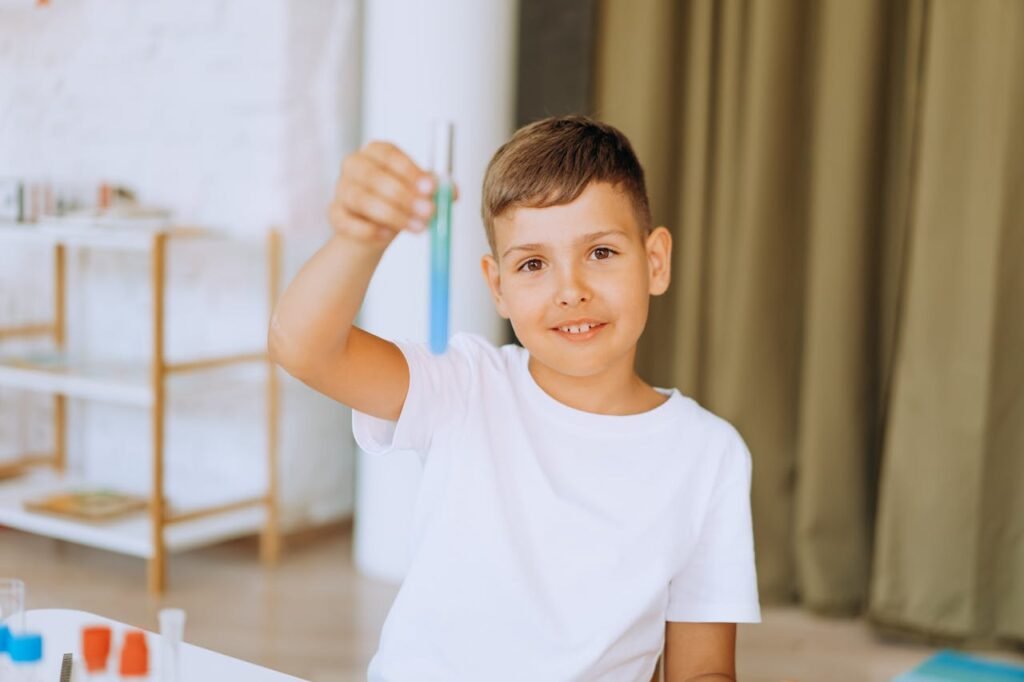
You don’t need a science lab or a big budget to grow a curious mind. You just need small, everyday moments — and a bit of patience. The home is one of the best places to feed a child’s love for learning. Here’s how.
Be Curious Together
Children copy what they see. If you ask questions, wonder out loud, or look things up just because you’re interested, your child will likely do the same. Say things like:
- “I wonder why the sky turns orange at sunset.”
- “Do you think ants sleep?”
- “What do you think would happen if we never cut our hair?”
These simple moments send a big message: questions are exciting. And learning is for everyone — not just for kids in school.
Make Time to Explore
Sometimes, we’re so busy getting through the day that we rush past a child’s questions. Try to slow down when you can. If your child asks, “How do planes fly?” and you’re cooking dinner, say, “Let’s finish this together and then look it up.”
Giving a child even a few minutes to explore their question can mean the world to their brain.
Say “I Don’t Know” — And Then Go Find Out
It’s okay not to have all the answers. In fact, saying “I don’t know” can be a great gift. It shows your child that learning is something grown-ups do too. Say:
- “That’s a really good question. Let’s look it up.”
- “I’ve never thought about that. Let’s find out together.”
This keeps the joy of discovery alive — and builds trust between you and your child.
Celebrate the Questions, Not Just the Answers
When your child asks a question, smile. Get excited. Let them know it’s a good thing, even if the question is odd or off-topic. The more you celebrate their curiosity, the more confident they’ll be to keep asking and keep learning.
Remember, it’s not about having all the answers. It’s about building a brain that knows how to ask, explore, and grow.
How Curiosity Grows From Age 5 to 18
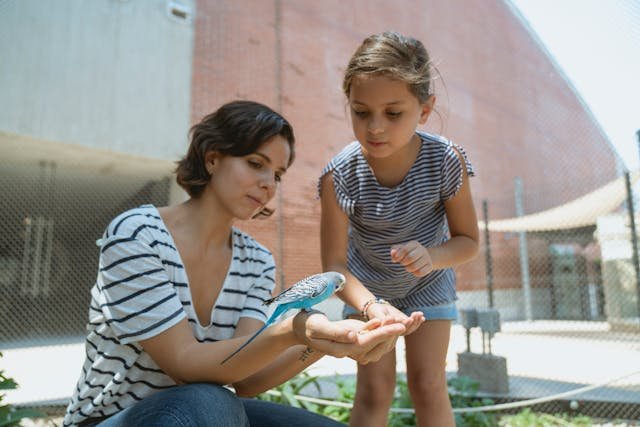
Curiosity doesn’t disappear as kids grow — it just changes shape. What a five-year-old wonders about is different from what a teenager wants to explore. But in every stage, curiosity is the key to deeper, faster, and more joyful learning.
Understanding how curiosity works at different ages helps us guide children better — without pushing or pressuring them.
Ages 5–8: Big Wonder, Little Questions
At this age, curiosity is loud and full of energy. Children ask lots of “why” and “how” questions. They want to know how things work, why the sky is blue, and what ants eat. They’re also learning language quickly, so they enjoy using new words and hearing stories.
How to support curiosity:
- Let them play freely — it’s how they explore and test ideas.
- Ask open questions: “What do you think would happen if…?”
- Read books that answer real-world questions in fun ways.
This is the age when children build their first ideas about how the world works. Every question they ask is helping their brain sort and shape those ideas.
Ages 9–12: Testing Ideas and Exploring Deeper
Now, children start connecting their curiosity to real skills. They want to try experiments, build things, and solve problems. They enjoy finding patterns and figuring out how things fit together.
They might also begin to hide their curiosity a little, especially if they feel embarrassed about asking the “wrong” question. So it’s important to keep encouraging their wonder — even when it gets quieter.
How to support curiosity:
- Let them research topics they love — animals, space, sports, anything!
- Try small science projects or challenges at home.
- Celebrate their questions — even if you don’t know the answer.
At this age, curiosity starts shaping how they learn — not just what they learn.
Ages 13–18: Curious Minds, Big Questions
Teenagers are still curious — even if they don’t always say it out loud. Their questions get bigger and more personal. They start to wonder about fairness, identity, relationships, the future, and how the world works. These are deep, complex questions.
They may become curious about different cultures, careers, or the way history and science connect. And they want space to explore ideas without being judged.
How to support curiosity:
- Encourage discussions, not lectures. Ask what they think and why.
- Let them lead projects or research on topics that matter to them.
- Help them see that curiosity is not weakness — it’s strength.
Even if your teen seems quiet or withdrawn, remember: their mind is full of thoughts. Keeping curiosity alive during the teen years helps them become confident, thoughtful adults.
Curiosity Builds More Than Just Knowledge

While curiosity helps kids learn facts and skills faster, it does something even more powerful. It helps shape who they become.
Children who are curious don’t just do better in school. They also grow into more thoughtful, creative, and confident people. Curiosity builds life skills that go far beyond the classroom.
Curiosity Strengthens Problem-Solving
When children are curious, they often face questions they’ve never seen before. They don’t always have clear answers. But instead of giving up, they try. They experiment. They guess. They test their ideas.
This kind of thinking helps kids become strong problem-solvers. They learn how to look at a challenge and say, “I wonder what I could try,” instead of “I don’t know how.”
Problem-solving is a skill they’ll use everywhere — in school, at home, and later in their jobs and relationships.
Curiosity Boosts Confidence
A curious child is a confident child. Why? Because they learn that they have the power to find answers. They don’t have to wait for someone to tell them what to do or think.
When a child follows their own questions and discovers new ideas, they start to believe in their own mind. That belief grows stronger with every discovery — and it turns into confidence.
This confidence doesn’t just help them in school. It helps them speak up, share their ideas, and trust themselves in every area of life.
Curiosity Builds Creativity
Creativity doesn’t only mean painting or drawing. It means thinking in new ways, seeing things from a new angle, or coming up with an idea that no one else thought of. Curious kids ask, “What if?” And “what if” questions are the root of all creativity.
When a child asks bold questions, they’re not just copying — they’re creating. They’re making their own thoughts. That’s what writers, inventors, scientists, and leaders all do.
So, the more we encourage curiosity, the more we grow the next generation of thinkers, makers, and doers.
Curiosity and Different Ways Kids Learn
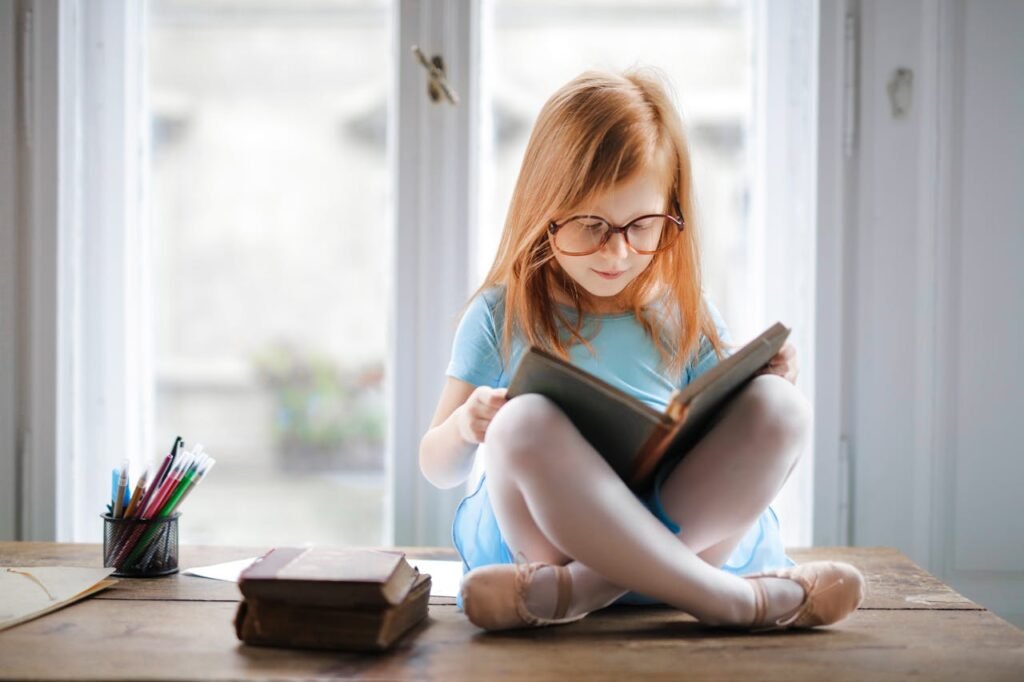
Not all children learn the same way. Some love reading books quietly. Others need to move, touch, or see things happen. Some like to talk things out. Others think quietly in their head. These are called learning styles.
What’s amazing is that curiosity works for all of them.
No matter how your child learns best, curiosity can guide their brain to grow stronger, faster, and smarter — when it’s used the right way.
Visual Learners: Seeing Is Believing
These children learn best when they can see pictures, videos, colors, or diagrams. They like books with lots of images. They might draw to explain an idea, or notice small details others miss.
How curiosity helps them:
When they’re curious, they look closer. They pay more attention to visuals and ask, “What does that mean?” or “Why does it look like that?” Their brain lights up when they connect pictures with ideas.
How to support them:
- Let them watch videos about topics they love.
- Use drawings or charts to explore questions.
- Let them show their curiosity with art, models, or design.
Auditory Learners: Learning Through Listening
These children remember what they hear. They enjoy stories, music, and talking things through. They might repeat things out loud to remember them.
How curiosity helps them:
When they’re curious, they ask more questions — and listen harder to the answers. They remember lessons better when they’re tied to sound, rhythm, or conversation.
How to support them:
- Let them listen to audiobooks or podcasts about topics they enjoy.
- Encourage them to ask questions and explain ideas aloud.
- Talk through ideas as a team — they learn by hearing.
Kinesthetic Learners: Learning by Doing
These are hands-on kids. They learn best by moving, building, or physically exploring. They may not sit still for long, but they love figuring things out with their hands.
How curiosity helps them:
When they’re curious, they try things out. “What happens if I mix this?” “What if I build it this way?” Their questions are active — and so is their learning.
How to support them:
- Let them build, create, or act out ideas.
- Do experiments and real-world activities.
- Support their big questions with real action: “Let’s try it and see!”
Reading/Writing Learners: Learning Through Words
These children love written words. They learn best by reading and writing. They enjoy books, stories, journals, and expressing themselves through writing.
How curiosity helps them:
They dive deep into ideas. They enjoy researching questions and writing about what they’ve found. Their curiosity leads to longer attention and better brain memory.
How to support them:
- Encourage them to keep a question journal.
- Let them write about what they’re curious about.
- Offer books or articles that spark their interests.
No matter how your child learns, curiosity makes it stronger. It adds energy and purpose to their natural learning style — and turns it into a powerful path for faster learning.
How Debsie Turns Curiosity Into Powerful Learning
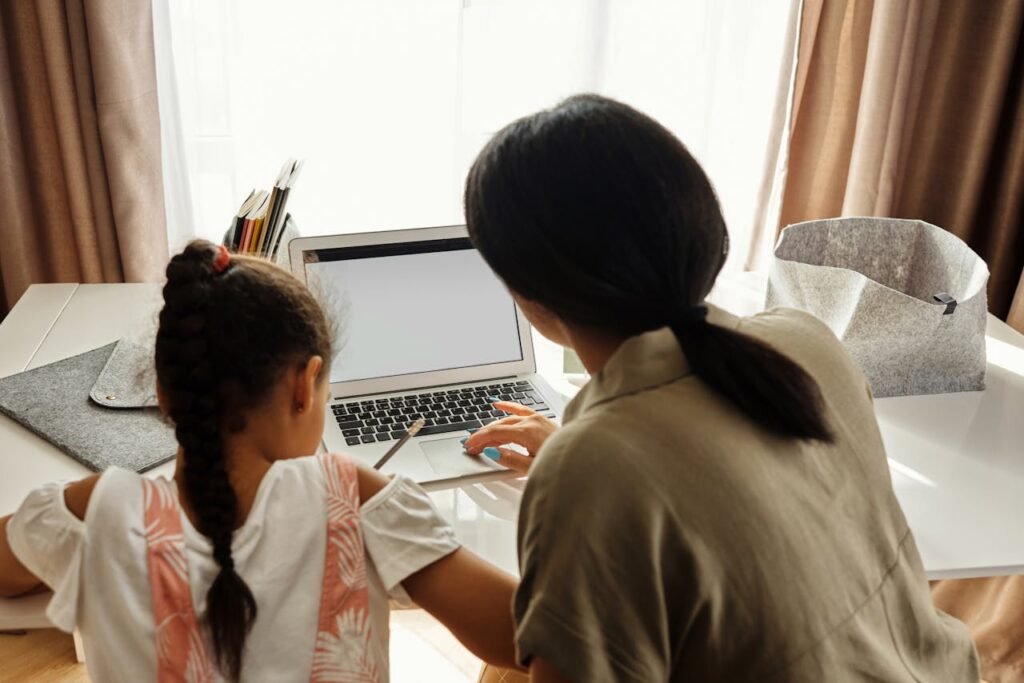
At Debsie, curiosity isn’t just welcomed — it’s celebrated. We believe every question matters, and every child has the right to wonder, explore, and discover at their own pace. That’s how real learning happens.
Learning That Starts With “Why?”
Our lessons don’t begin with facts to memorize. They begin with questions. Why does the sun rise and set? What would happen if gravity disappeared? Why do plants need sunlight? These kinds of questions grab attention — and when kids are curious, their brain turns on.
We build every subject — from math and science to geography, coding, and reading — around exploration. Kids don’t just get answers. They learn how to find them, test them, and explain them in their own words.
Teachers Who Encourage Wonder
All of Debsie’s classes are led by expert teachers who are trained to listen, respond, and build on children’s natural curiosity. They don’t rush past questions. They use them to guide the lesson.
When a child says, “What if…?” our teachers say, “Let’s think about that.” This builds trust, encourages bravery, and makes children feel heard — which helps them want to learn more.
Gamified Learning That Feels Like an Adventure
Kids love to explore. So we make learning feel like an adventure. With stories, games, puzzles, experiments, and creative tasks, children feel like they’re playing — but every moment is building strong thinking, problem-solving, and communication skills.
When kids enjoy learning, they stay with it longer. And the longer they stay with it, the faster they learn.
A Safe Space to Try, Wonder, and Grow
At Debsie, there are no silly questions. Every child is respected. Every voice matters. Whether your child is shy, talkative, unsure, or overflowing with “whys,” they’ll find a place where their curiosity is valued.
We know that when a child feels safe to ask, they also feel safe to think, try, and learn. That’s where growth begins.
Conclusion: Curiosity Is the Spark That Lights the Whole Mind
Curiosity is not just a “nice to have.” It’s the fuel that powers learning. It helps children listen better, remember more, think deeper, and enjoy learning longer. When a child is curious, their brain works harder — and smarter — without even being told to.
It doesn’t matter if they’re five or fifteen. It doesn’t matter if they love reading, science, drawing, or asking wild questions about space and time. As long as that spark of curiosity is there, learning becomes something they chase — not something they avoid.
And as parents and teachers, our job is simple: protect that spark, feed it, and watch it grow.
At Debsie, we’ve built our entire learning experience around curiosity. We don’t just answer questions. We help kids ask better ones. We guide them, challenge them, and celebrate every moment they wonder, try, and explore.
📚 Want your child to become a smarter, faster, and more curious learner?
🎓 Book a free trial class at Debsie today and watch their love for learning take off.
Read Next:
